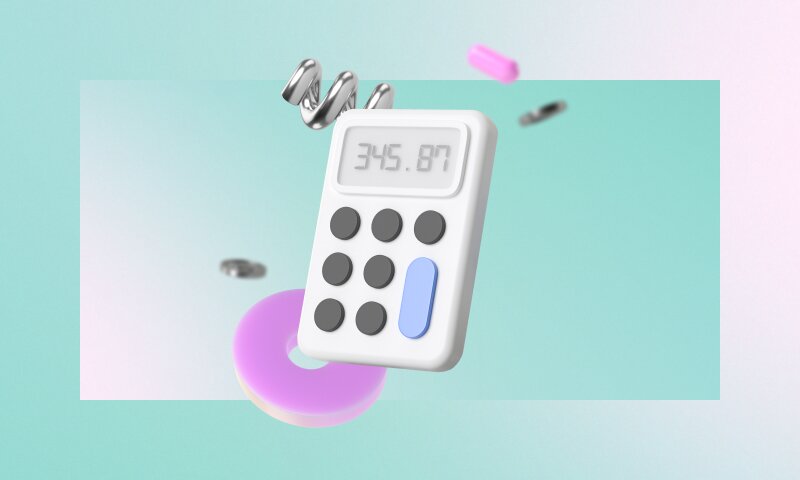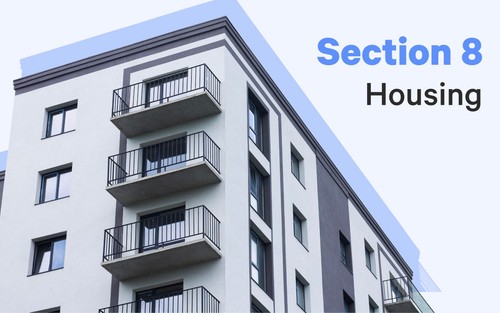If you have significant home equity and financial goals that require a lump sum of cash, a cash-out refinance offers a strategic way to leverage the value of your home.
Whether renovating your home to enhance its value, consolidating high-interest debts into a more manageable payment, or seizing new investment opportunities, a cash-out refinance can be a strategic move. It allows you to leverage the equity you’ve built in your home to achieve these objectives, potentially offering lower interest rates.
However, it’s essential to weigh the benefits against the potential downsides and ensure that this financial strategy aligns with your long-term financial goals and financial stability.
What Is a Cash-Out Refinance?
Cash-out refinance is a financial strategy that homeowners can use to tap into the equity built up in their homes over time. It involves refinancing your first mortgage for an amount greater than your current loan balance, allowing you to receive the difference in cash. Essentially, you’re replacing your old mortgage with a new second one, with the surplus amount paid directly to you. This surplus, or “cash-out,” can be used for various purposes, such as home improvements, consolidating debt, eliminating student loans, or making investments.
Cash-out refinances may offer lower interest rates than other borrowing forms, such as personal loans or credit cards. However, increasing the mortgage amount also means higher monthly payments and more debt.
What’s the Difference Between a Cash-Out Refinance and a HELOC or Home Equity Loan?
In a cash-out refinance loan, homeowners take out a new mortgage loan larger than their current one. The homeowner receives the difference between the old and new mortgage amounts as a lump sum of cash. The homeowner then pays off the entire balance of the new mortgage over time, including the cash loan. Cash-out refinances are typically used for large expenses, such as home improvements, debt consolidation, or major purchases.
In contrast, HELOCs (home equity line of credit) or home equity loans offer different structures. While these, too, tap into a home's equity, HELOCs provide homeowners with a revolving line of credit that can be used for various expenses over time. Interest is only charged on the amount borrowed, offering flexibility for ongoing or multiple financial needs. On the other hand, home equity loans provide a lump sum of money upfront, making them suitable for one-time expenses with fixed installment payments. However, they may come with higher interest rates than cash-out refinances.
Requirements for a Cash-Out Refinance
Getting a cash-out refinance typically involves meeting specific requirements set by lenders. While these requirements may vary slightly, here are the standard criteria:
- Sufficient home equity: You must have the amount of equity in your home to qualify for a cash-out refi. Most lenders allow homeowners to access up to 80% to 90% of their home's appraised value minus the remaining mortgage balance. Some lenders who provide Federal Housing Administration (FHA) insured loans may also offer an FHA cash-out refinance option. This allows you to potentially borrow up to 85% of your home's value through the FHA loan refinancing process, though you will need to pay mortgage insurance. Additionally, look at cash-out refinance loans backed by the U.S. Department of Veterans Affairs (VA) if you’re eligible. VA loans permit you to access up to 100% of your home's value.
- Creditworthiness: A good credit score may improve refinance rates and loan terms. While specific credit score requirements vary, a score of 620 or higher is often a baseline.
- Stable income: Lenders will require proof of a stable income source. This ensures you can afford the new mortgage payments, including the cash-out amount. You'll need to provide recent pay stubs, W-2 forms, or tax returns for verification.
- Debt-to-Income Ratio (DTI): Lenders evaluate your debt-to-income ratio, the percentage of your monthly income that goes toward debt payments. A lower DTI ratio is preferred but can vary by lender. It includes your new mortgage payment plus any other outstanding debts.
- Home appraisal: An appraisal of your home is essential to determine its current market value. The amount you can cash out depends on this appraisal, as lenders use it to calculate your available equity.
- Loan-to-Value (LTV) Ratio: The loan-to-Value or LTV ratio represents the amount you want to borrow compared to your home's appraised value. Lenders have maximum LTV ratios. Ensure that your requested cash-out amount falls within the lender's LTV limits.
- Property type: Some lenders restrict certain properties, such as condominiums, multi-unit buildings, or investment properties.
- Mortgage payment history: A good payment history on your existing mortgage can improve your eligibility. Consistently making on-time mortgage payments demonstrates your ability to handle debt responsibly.
How Does a Cash-Out Refinance Work?
A cash-out refinance shares similarities with a standard rate-and-term refinance. In both cases, you're replacing your current loan with a new one, often with a lower interest rate, a different loan term, or sometimes both. However, the key distinction with a cash-out refinance is that it enables you to take out a lump sum of your home's equity and refinance your existing mortgage.
Here are the steps involved in cash-out refinancing:
- Assess your home equity: Determine the current market value of your home and subtract your remaining mortgage balance to calculate your available equity.
- Check your credit: Review your credit report and credit score.
- Shop for lenders: Research and compare mortgage lenders, including banks, credit unions, and online lenders. Get quotes and compare interest rates, fees, and repayment terms to find the best deal.
- Choose the right loan terms: Decide on the loan term (e.g., 15, 20, or 30 years) that aligns with your personal finance goals. Remember that longer terms may result in lower monthly mortgage payments but higher overall interest costs.
- Apply: Complete the lender's application process, which typically includes providing financial documentation, such as income verification, tax returns, bank statements, and details about your existing mortgage.
- Property appraisal: The lender will arrange a home appraisal to determine the current property value.
- Underwriting and approval: The lender will review your application and supporting documents. If you meet their criteria, they will approve your cash-out refinance application.
- Closing disclosure: Before closing, you will receive a closing disclosure outlining the final terms, interest rate, closing costs, and the cash-out amount you will receive.
- Closing: Once you sign the new mortgage documents, your old mortgage will be paid off, and you'll receive the cash-out funds.
- Monthly payments: Begin making monthly payments on your new mortgage, which includes the cash-out amount.
Is a Cash-Out Refinance a Good Idea?
Here are some pros and cons to consider.
Pros:
- Access to liquid funds: One of the primary benefits of a cash-out refinance is access to a significant amount of cash. This money can be used for various purposes, such as home renovations, debt consolidation, investments, education expenses, or emergencies.
- Lower interest rates: If you had a high interest rate on your original mortgage, refinancing could allow you to secure a new mortgage with a lower rate.
- Consolidating debt: Many people use cash-out refinances to consolidate high-interest debts, such as credit card balances or personal loans, into a single, lower-interest mortgage payment. This can simplify your finances and potentially save you a significant amount on interest payments.
- Fixed interest rate: If you have an adjustable-rate mortgage (ARM), refinancing into a fixed-rate mortgage through a cash-out refinance can provide stability and protect you from future interest rate hikes.
- Flexibility: Cash-out refinance funds can be used for various purposes, giving you flexibility to address different financial needs or goals.
Cons:
- Higher mortgage balance: When you take cash out of your home's equity, your mortgage balance increases. This means you'll owe more on your home, which could extend the time it takes to pay off your mortgage.
- Longer loan term: If you've been paying your current mortgage for several years, a cash-out refinance effectively resets the clock, meaning you'll be paying on the new loan for another extended period.
- Interest costs: Accessing cash through a refinance means paying interest on the withdrawn amount.
- Risk of default: Increasing your mortgage balance and extending the loan term can make it harder to keep up with payments, potentially increasing the risk of default if your financial situation worsens. This could lead to foreclosure and losing your home.
- Closing costs: Refinancing typically involves closing costs, which can add up to several thousand dollars. You may also be charged with appraisal fees. These costs can eat into the cash you receive.
- Risk of losing equity: If the housing market experiences a downturn after your cash-out refinance, you could risk losing equity in your home, especially if your new loan balance exceeds your home's value.
- Potential for over-leveraging: Using a cash-out refinance to access a large sum without a clear financial plan can lead to over-leveraging, where your debts outweigh your assets and income. This can be financially precarious.
Arrived enables you to invest in a diversified portfolio of residential properties across different markets without the challenges and financial commitment of purchasing and maintaining a single property.







